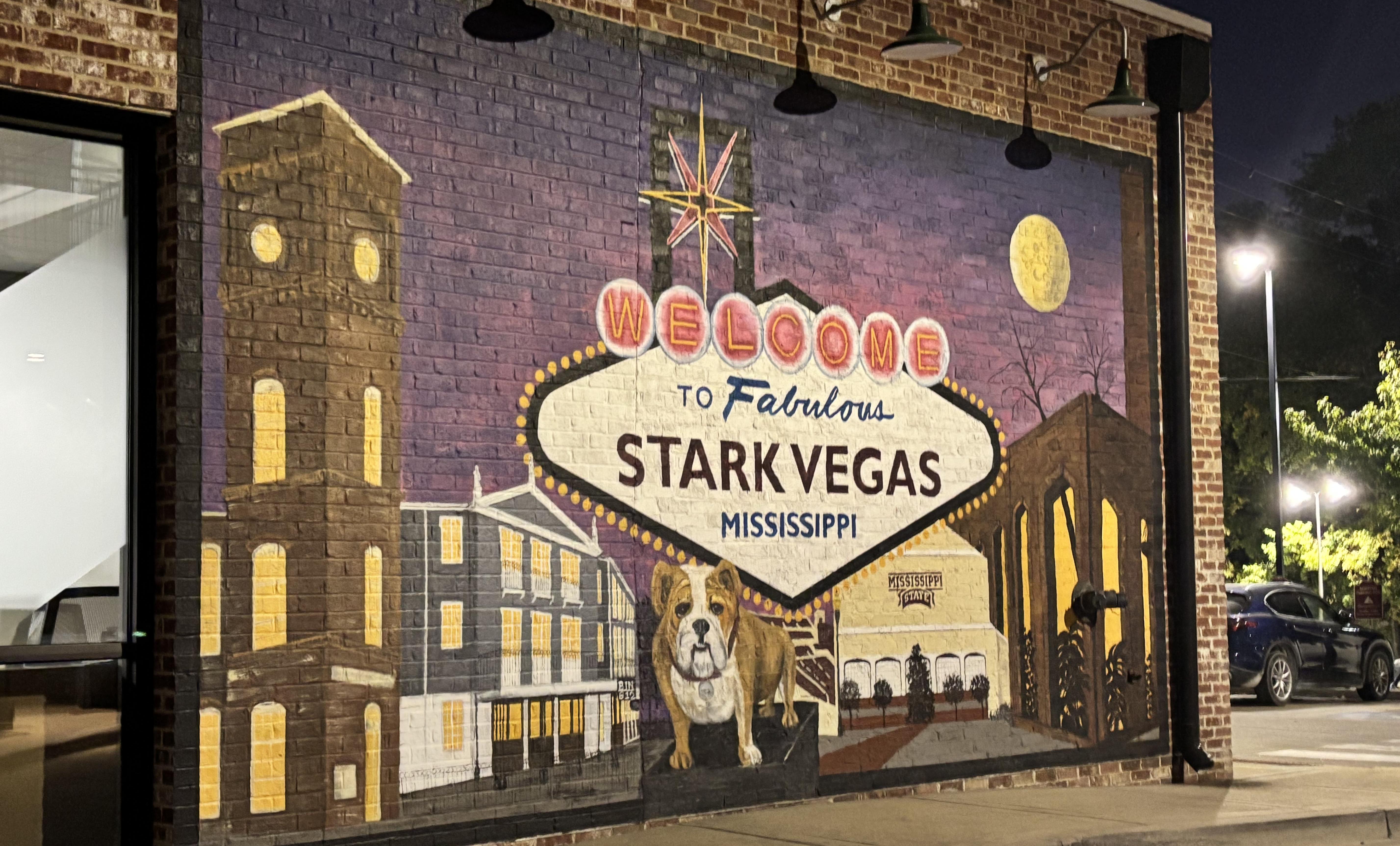15 Secret European Villages You Won't Find on Standard Tourist Maps
Europe’s magnetic pull often leads us to its grand capitals and famous landmarks. But beyond the well-worn paths, lies a whispered secret: a collection of hidden villages where time hasn't just slowed, it's virtually paused. These aren't quaint tourist traps, but living communities, each a guardian of unique traditions, architectural ingenuity, and local mysteries. We've unearthed 15 genuine hidden gems, bypassed by mainstream maps, offering an unparalleled escape into Europe's authentic soul. Prepare to delve into secluded valleys, coastal enclaves, and mountain retreats where rich history, distinct cultures, and breathtaking serenity await, promising an off-grid European experience unlike any other. (Images for most of these villages are widely available on Wikimedia Commons).
1. Civita di Bagnoregio (Lazio, Italy): The Dying City's Enduring Spirit
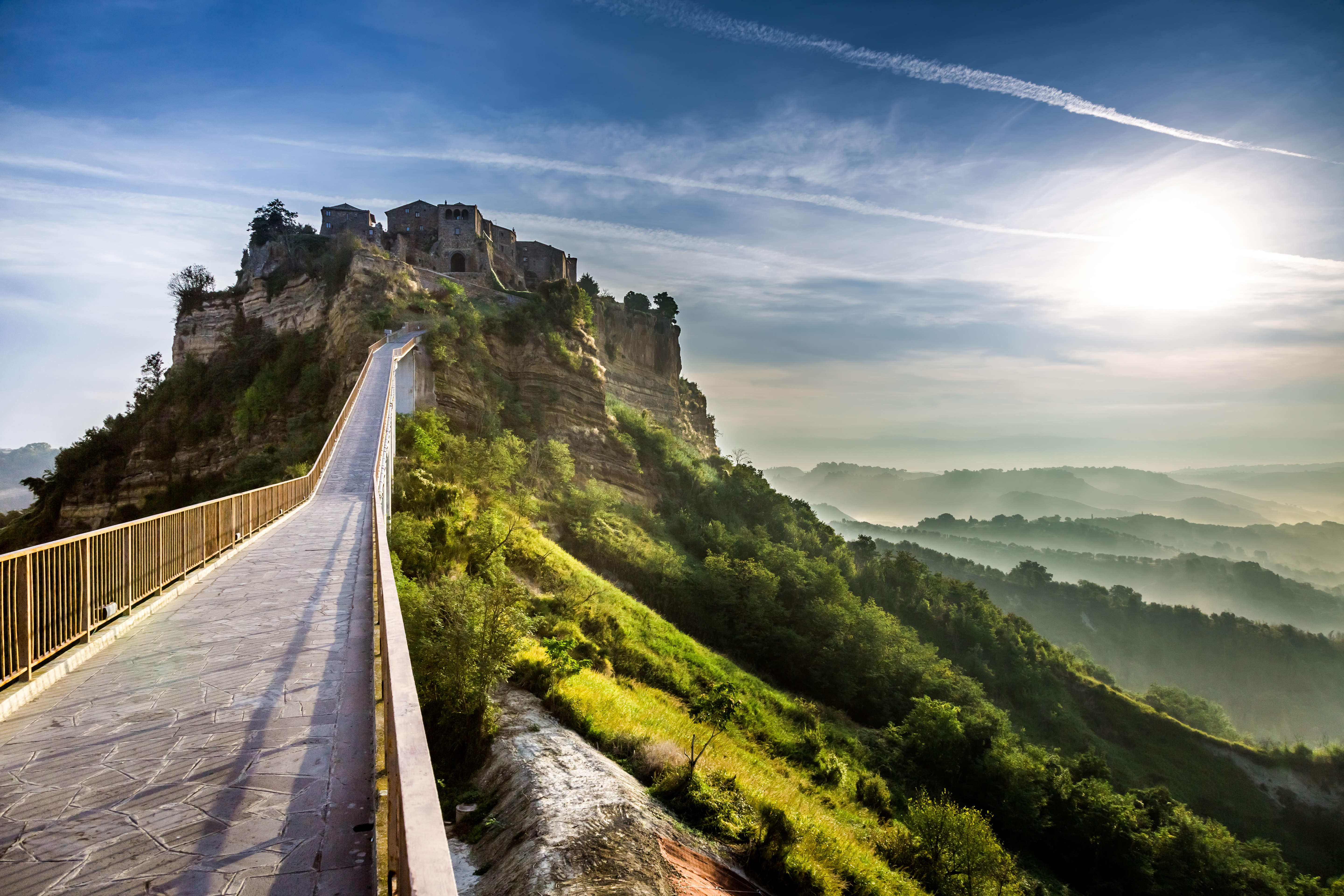
Perched precariously atop a crumbling volcanic rock, Civita di Bagnoregio is famously known as "The Dying City" due to its eroding foundations. Accessible only by a long pedestrian bridge, this medieval gem seems to float above a dramatic canyon. Its incredible isolation, once a curse, is now its preservation: it deters mass tourism, allowing its handful of permanent residents to maintain a truly authentic, timeless atmosphere. Wander cobbled lanes, admire Etruscan caves, and savor local cuisine in a place where the struggle against nature ironically secures its unique, captivating existence.
2. Giethoorn (Overijssel, Netherlands): The Venice of the North, Without Roads
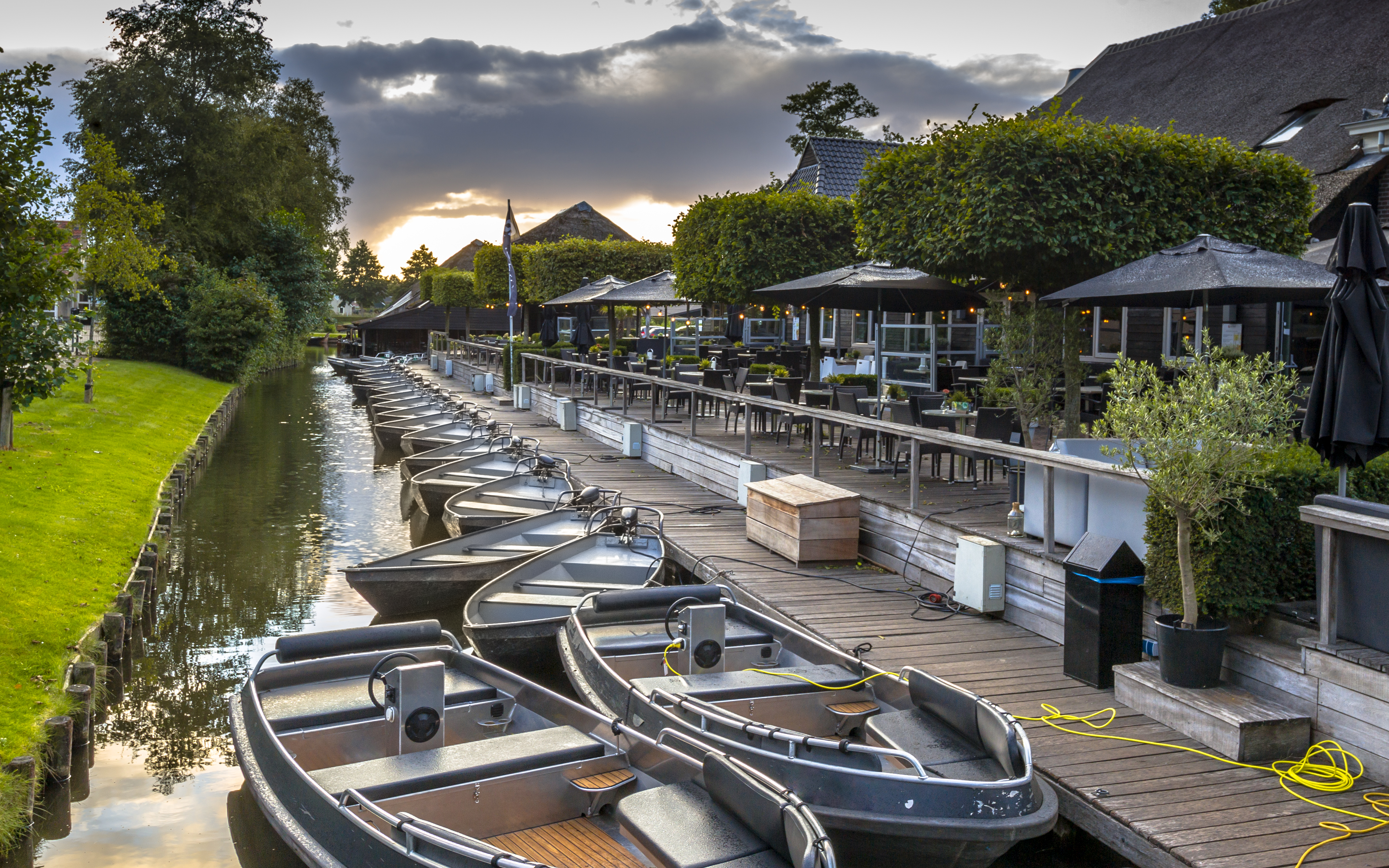
Forget gondolas and canals; Giethoorn is a Dutch fairytale where houses are built on small islands connected by over 170 wooden bridges, and the primary mode of transport is by boat. There are no roads or cars in the historic core, forcing visitors to navigate by whisper boat (electric) or traditional punt. This deliberate car-free existence has preserved its tranquil, storybook charm. Its ingenious design, adapted from peat extraction, has created a unique watery village, offering a serene escape into a truly car-less, canal-laced landscape that feels entirely untouched by the modern world.
3. Bibury (Gloucestershire, England): Cotswold Postcard Perfection
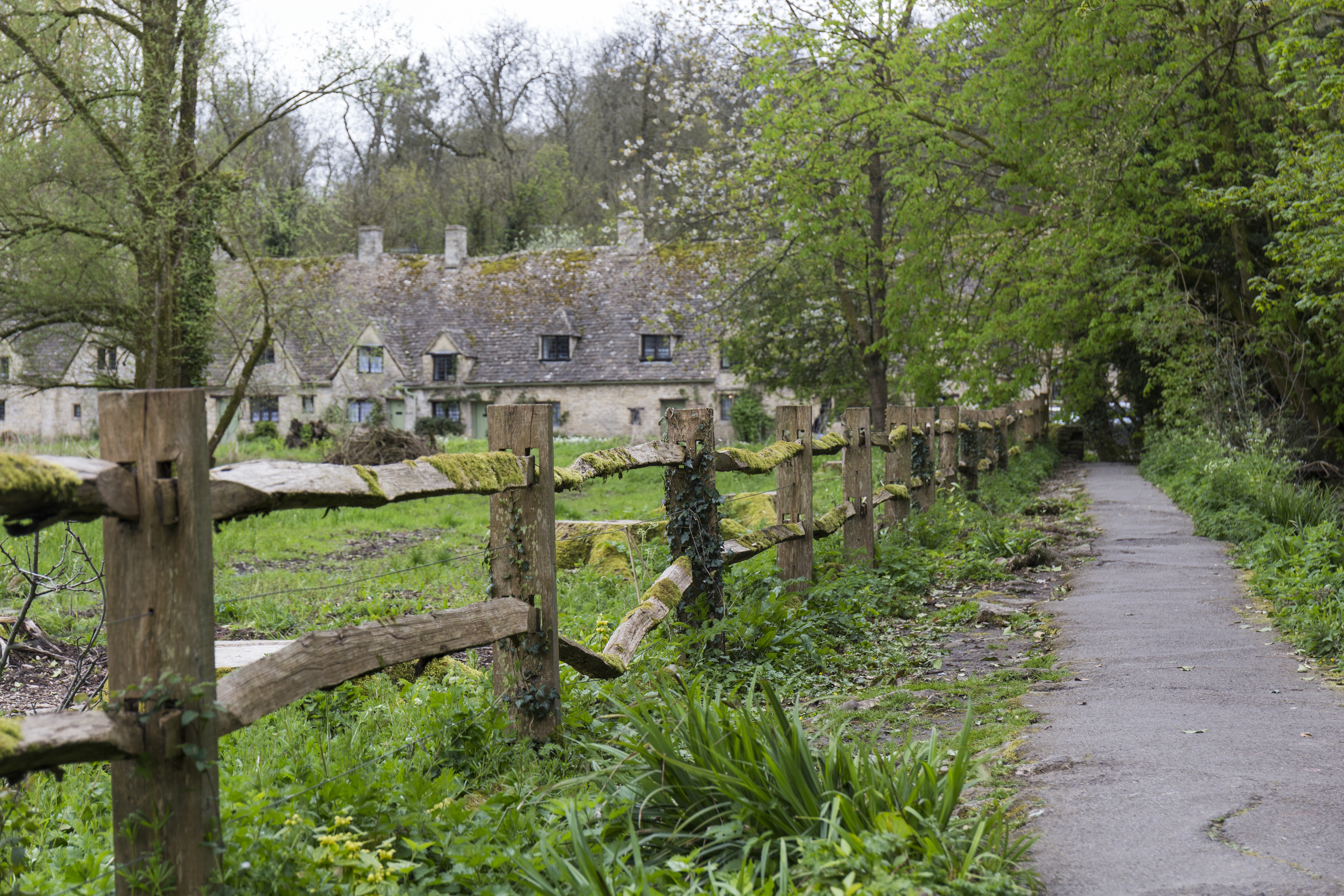
Often called England's most beautiful village, Bibury, despite its fame among discerning travelers, remains surprisingly absent from most major tourist itineraries. Its iconic Arlington Row, a cluster of 17th-century weavers' cottages with steeply pitched roofs, perfectly epitomizes the quintessential Cotswold charm. The River Coln flows gracefully through the village, home to a historic trout farm, adding to its idyllic beauty. Its enduring magic lies in its pristine preservation, offering a genuine glimpse into a bygone English rural idyll, unmarred by over-commercialization, making it a peaceful, living postcard.
4. Folegandros (Cyclades, Greece): Authentic Aegean Serenity
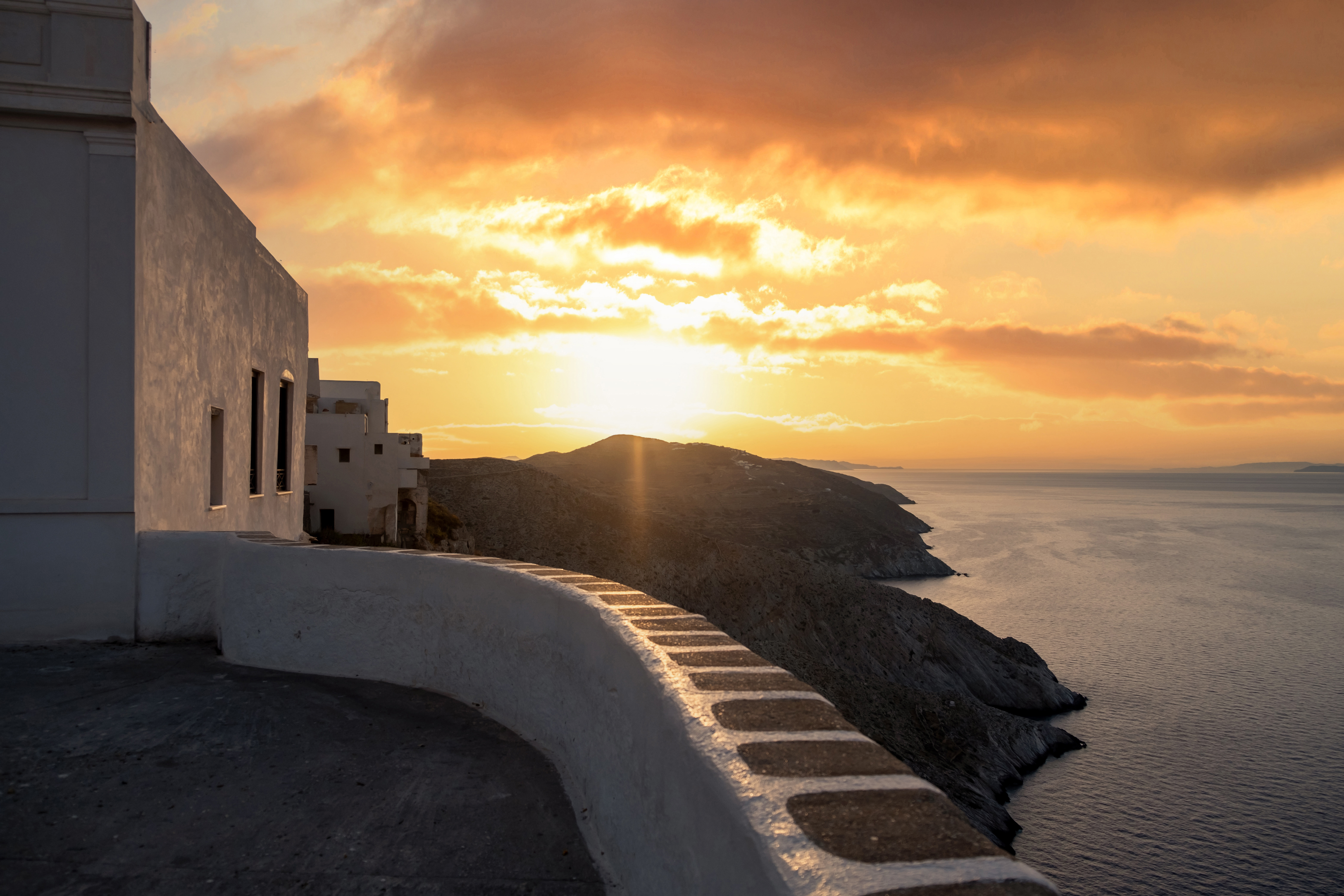
Beyond the bustling shores of Santorini and Mykonos lies Folegandros, a Cycladic island that stubbornly resists mass tourism. Its main village, Chora, is a breathtaking clifftop settlement with whitewashed houses, intricate stone pathways, and stunning Aegean views, crowned by the Church of Panagia atop a steep hill. The village's ingenuity lies in its sustained simplicity: limited ferry access and fewer grand resorts preserve its authentic, unhurried pace of life. It's a sanctuary for those seeking genuine Greek island charm, pristine beaches, and fiery sunsets without the crowds.
5. Reine (Moskenesøya, Norway): Arctic Fishing Village Dream

Nestled in Norway's dramatic Lofoten Islands, Reine is a quintessential Arctic fishing village, famed for its iconic red fishermen's cabins (rorbuer) perched on stilts over emerald waters. Surrounded by towering, jagged peaks that plunge into the sea, its remote location ensures it remains off the main tourist circuit despite its breathtaking beauty. The village's ingenuity is its seamless integration with its harsh, stunning environment, offering unique experiences like fishing, kayaking beneath the northern lights, and hiking majestic trails – a true wilderness escape unlike any other.
6. Castelluccio di Norcia (Umbria, Italy): Plateau of Blossoming Wonders
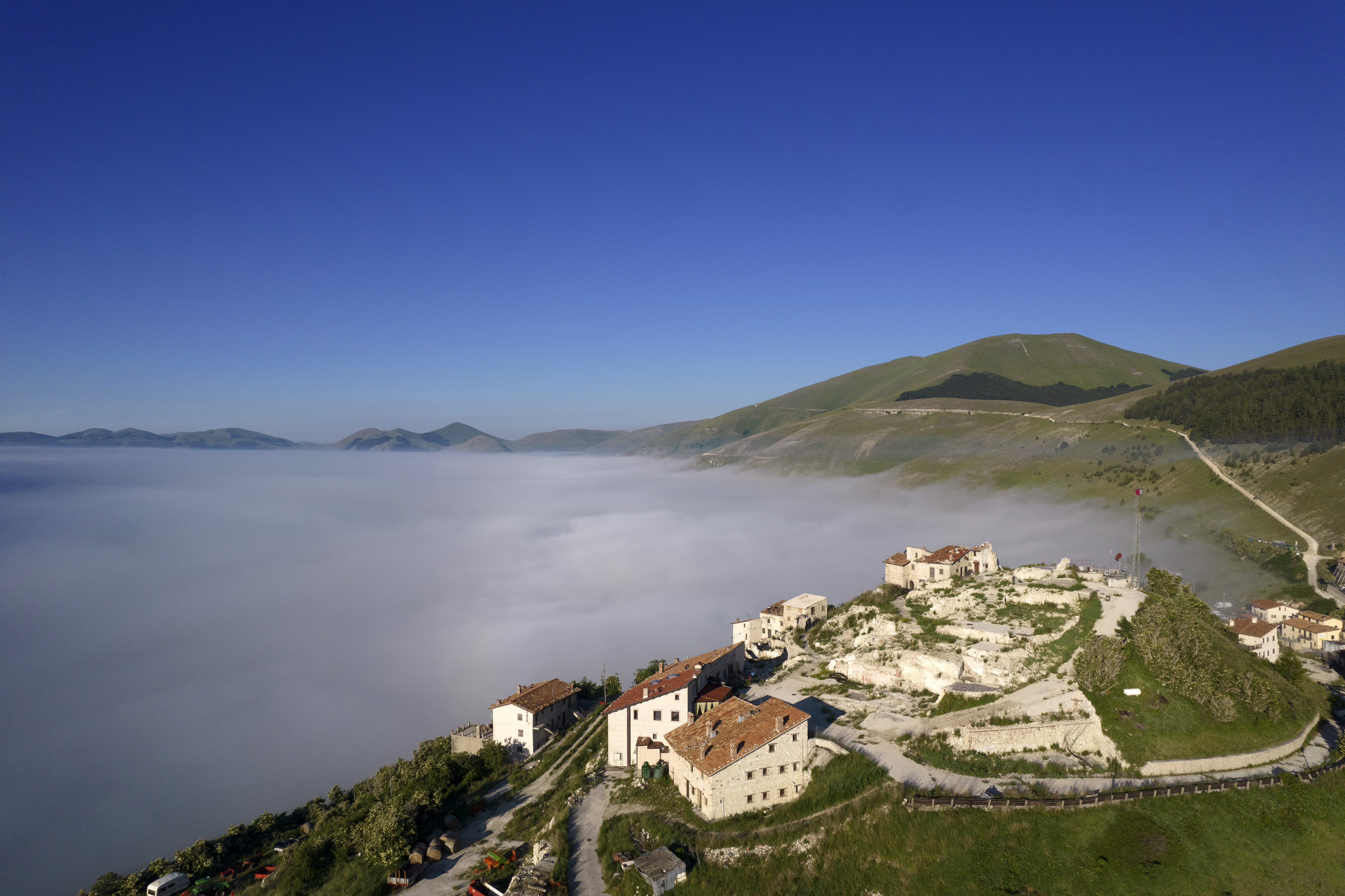
High in the Apennine Mountains of Umbria, Castelluccio di Norcia is a village celebrated less for its architecture and more for its extraordinary natural phenomenon: "La Fioritura" (The Flowering). Each late spring/early summer, the vast plain below the village transforms into a kaleidoscope of wild poppies, lentils, cornflowers, and daisies. Its secret lies in its altitude and agricultural traditions, which have preserved this spectacular, ephemeral bloom. The village itself, rebuilt after earthquakes, remains a simple base for witnessing nature's ephemeral masterpiece, truly off the beaten path for most.
7. Hallstatt (Upper Austria, Austria): Alpine Lakeside Perfection (with a catch)

While no longer "secret" to the very keen traveler (it's wildly popular in Asia), Hallstatt remains ingeniously secluded by its geography: nestled between a serene lake and a towering mountain, accessible primarily via a single narrow road or ferry. Its picturesque beauty, with ancient salt mines and cascading waterfalls, makes it a UNESCO site. Its challenge and unique charm now lie in managing its popularity while maintaining authenticity. It’s a living museum of Austrian Alpine life, a testament to how beauty can be found in geographical constraints.
8. Popeye Village (Mellieħa, Malta): A Cinematic Fantasy Turned Resort
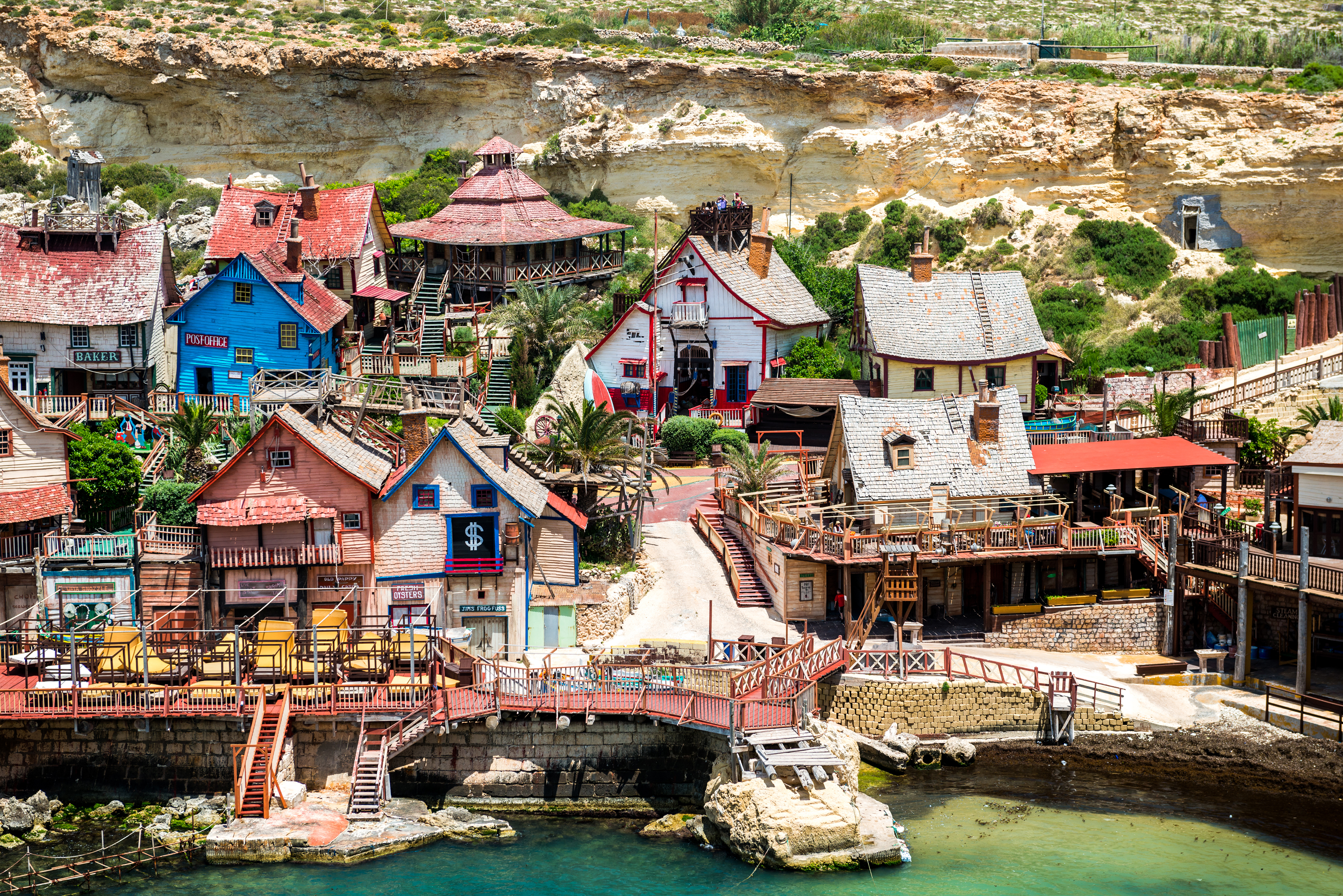
Originally built as the film set for the 1980 musical production "Popeye," this quirky village is a permanent attraction on the island of Malta. Its existence as a purpose-built, vibrant, and colourful "village" makes it utterly unique. Far from a historic settlement, its "secrecy" lies in its specialized appeal, not typically featured on cultural tours. It offers a playful, whimsical escape for families, transforming a temporary film backdrop into a charming, unconventional "European village" experience, showcasing an ingenious repurposing of a movie set.
9. Telč (Vysočina Region, Czech Republic): Renaissance Arcade Dreams
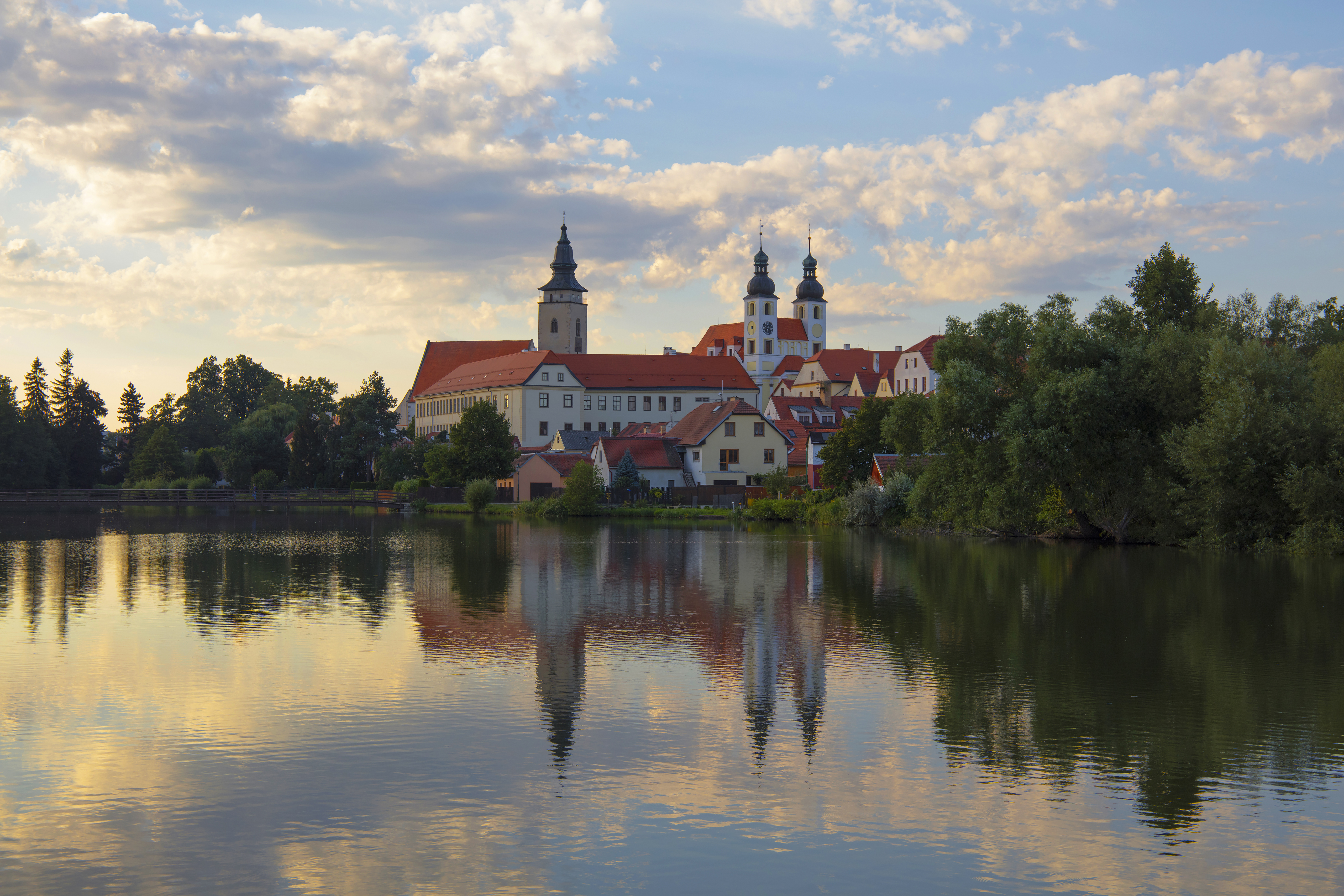
Often overshadowed by Prague or Český Krumlov, Telč is a UNESCO World Heritage site that transports visitors directly to the Renaissance. Its town square is a masterpiece of colourful, arcaded houses with intricate gables, surrounding a central fountain and plague column. Its "secret" lies in its relative obscurity to international mass tourism, preserving its pristine, fairytale-like quality. The sheer architectural harmony and the lack of overwhelming crowds make wandering its streets feel like stepping onto a meticulously preserved film set, offering a tranquil glimpse into Czech history.
10. Undredal (Aurland, Norway): Fjord-Side Goat Cheese Haven
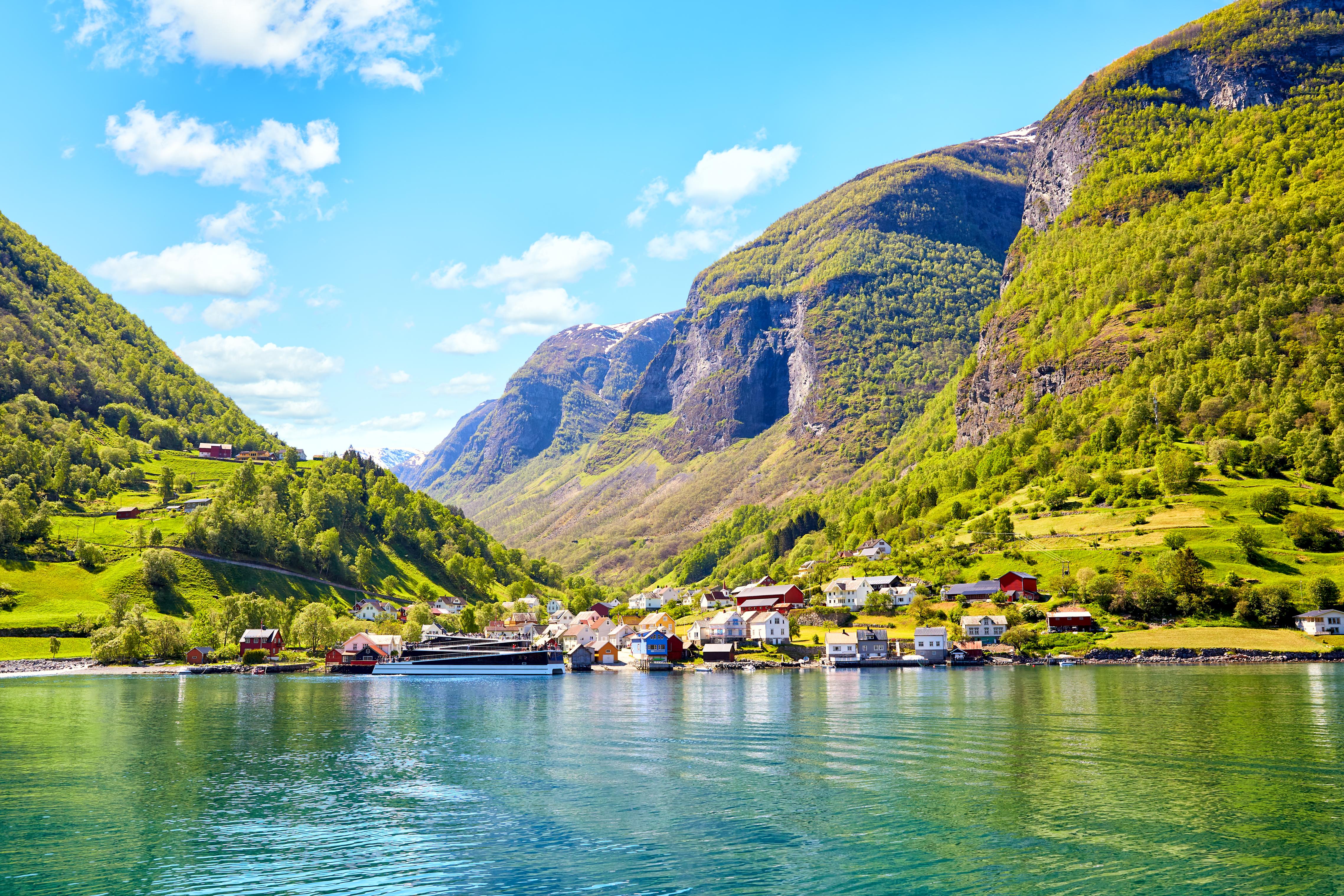
Tucked away deep in the Sognefjord, Norway's longest fjord, Undredal is a tiny village accessible by a single, winding road or ferry. It's famous for two things: its historic stave church, Scandinavia's smallest, and its delicious traditional goat cheese. Its isolation has preserved a way of life deeply connected to the fjord and its goats. The village's ingenuity is its enduring commitment to its heritage, offering a truly local, culinary, and visually stunning experience in one of Norway's most spectacular and secluded natural landscapes.
11. Ronda (Málaga, Spain): The Bridge That Divides and Unites
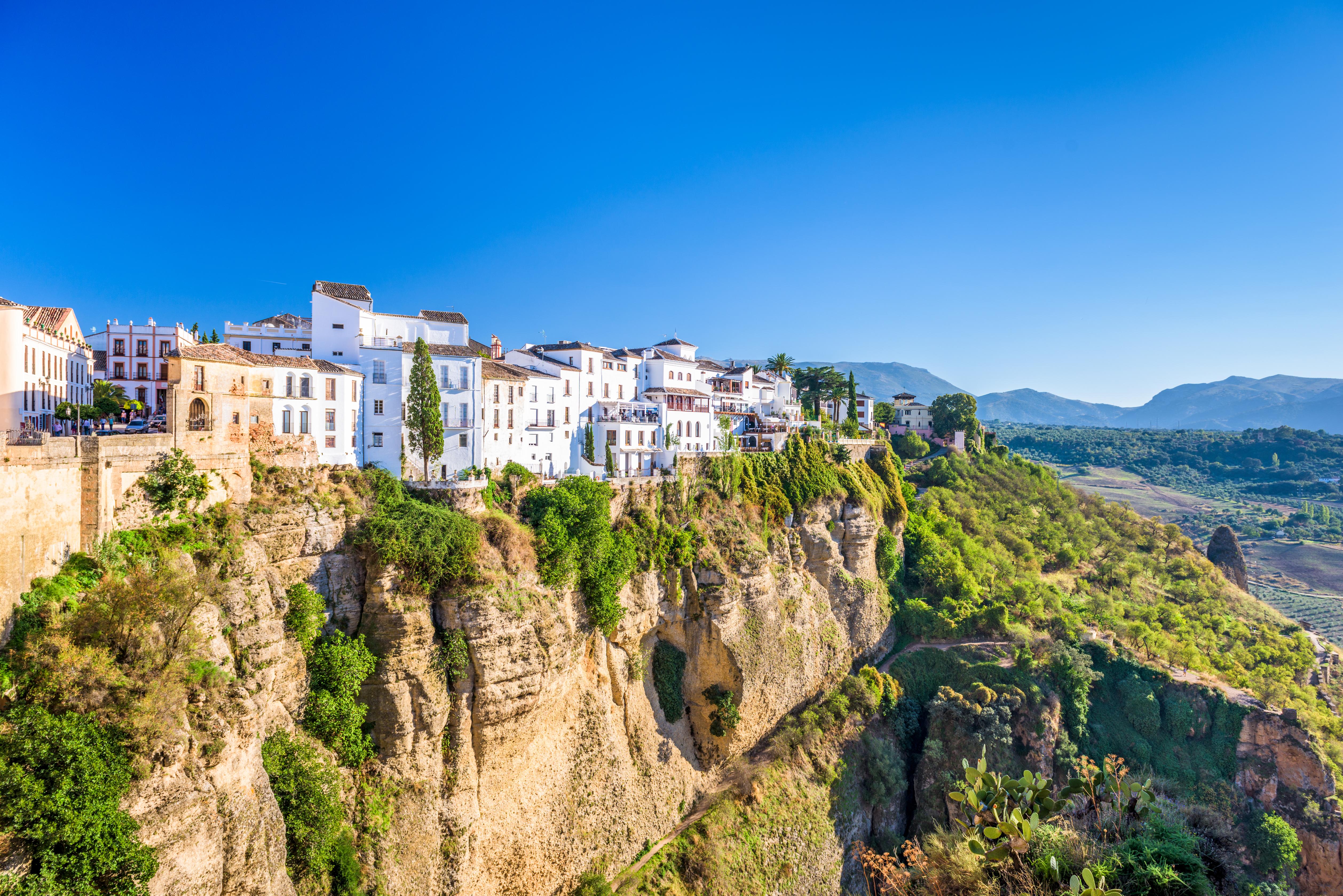
While somewhat known, Ronda's unique ingenuity places it beyond "standard" tourist maps for many, as its primary draw is its dramatic location rather than specific landmarks. This ancient town is split in two by El Tajo canyon, a breathtaking 120-meter deep chasm, spanned by the Puente Nuevo bridge. Its "secrecy" lies in the challenge of its dramatic setting, which has preserved a distinct character. It’s a powerful testament to human adaptation and natural beauty, offering stunning vistas and a tangible connection to Spain's bullfighting history in its arena.
12. Monemvasia (Laconia, Greece): The Gibraltar of Greece
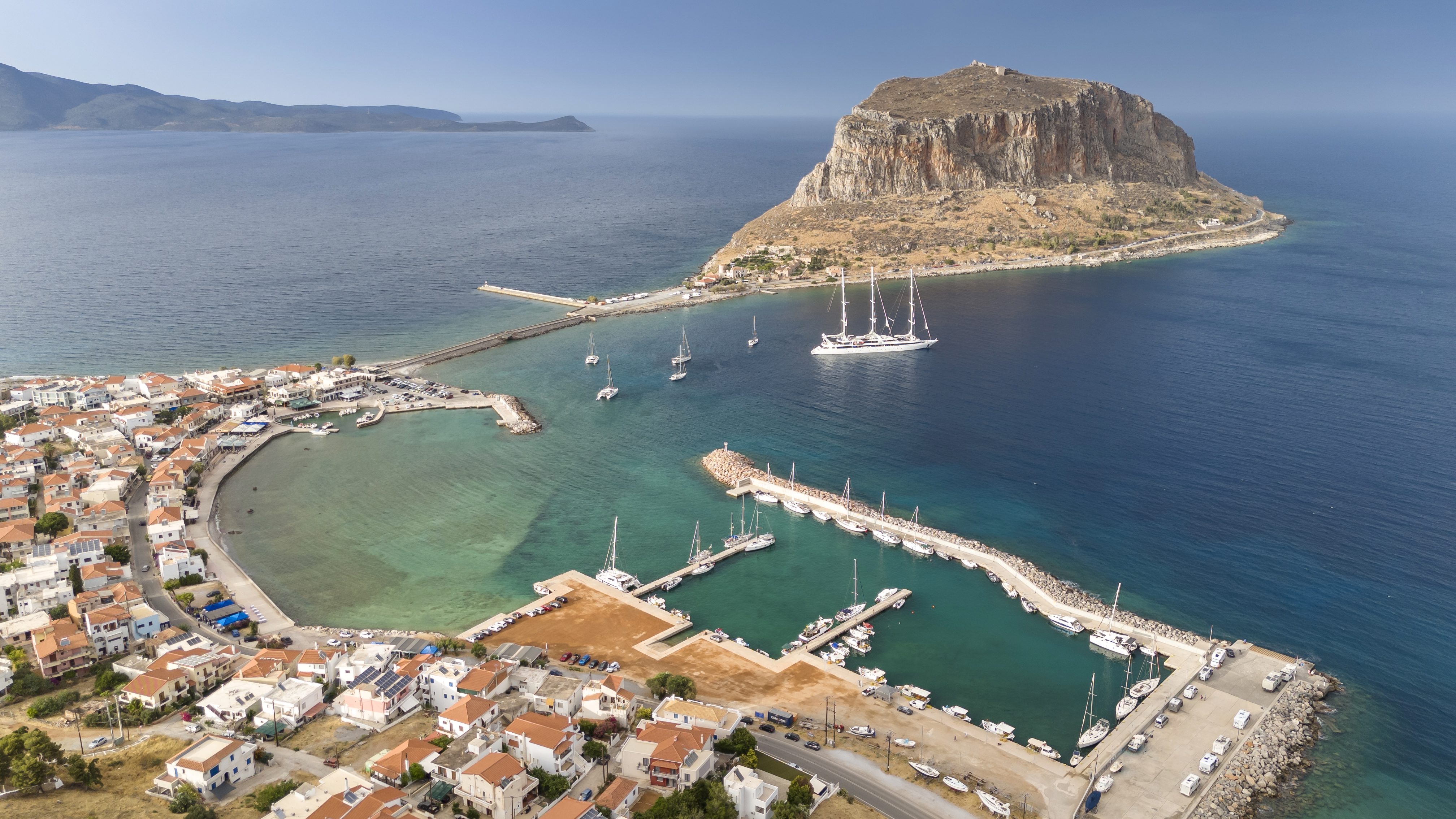
Accessible only by a single causeway, Monemvasia is a Byzantine fortified town carved into the side of a massive rock island, truly a living medieval fortress. Hidden from view on the mainland side, the "secret" town reveals itself only as you cross the causeway. Its ingenious multi-layered structure, with homes and churches built directly into the rock face, protected it for centuries. Today, it offers a dramatic, immersive journey into history, with narrow alleys, ancient churches, and breathtaking sea views, preserving a sense of genuine discovery.
13. Vrbnik (Krk Island, Croatia): Cliffside Wine Country
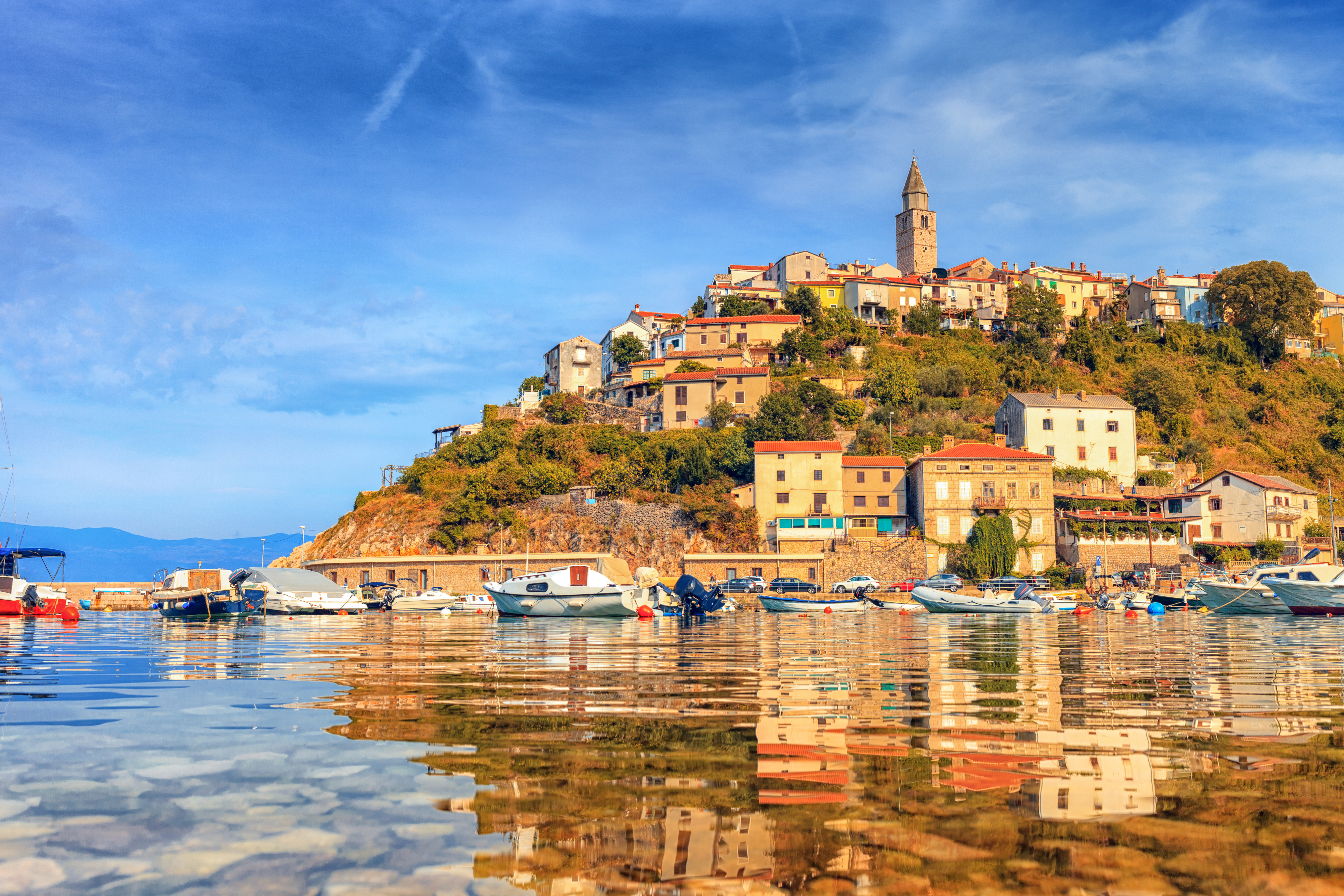
Perched dramatically on a limestone cliff overlooking the Adriatic Sea, Vrbnik on Krk Island is a historic Croatian village known for its distinctive local white wine, Žlahtina. Its "secret" status stems from being overshadowed by more famous coastal towns, yet it offers a uniquely authentic experience. The village boasts one of the narrowest streets in the world, literally passable only by one person at a time, showcasing its ingenious use of challenging topography. It's a charming blend of ancient stone houses, stunning sea vistas, and a rich viticultural heritage.
14. Gruyères (Fribourg, Switzerland): Beyond the Cheese Tour

Though famous for its cheese, the medieval village of Gruyères itself is often surprisingly overlooked as a destination. Nestled atop a hill overlooking the Sarine River valley, its perfectly preserved ramparts, cobblestone streets, and magnificent 13th-century castle transport visitors to a fairytale. Its "secret" is its authentic, unspoiled charm beyond the dairy. The ingenuity lies in its successful blend of historic preservation with a thriving local economy centered on its famous produce, offering a charming, less-crowded Swiss experience with breathtaking alpine views.
15. Colmar (Grand Est, France): Petite Venise with German Accents
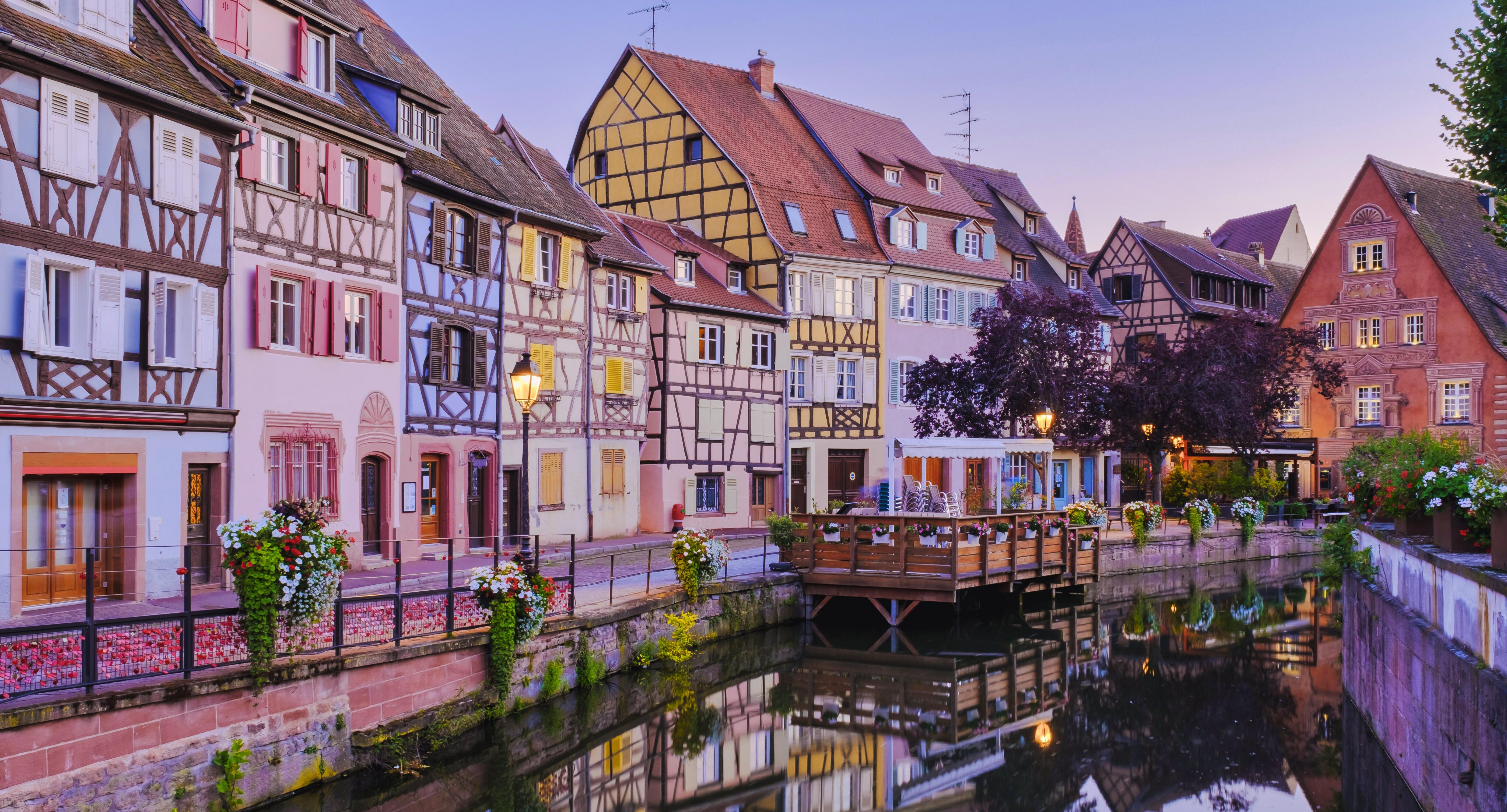
While more known than some on this list, Colmar, often called "Little Venice," is frequently bypassed by visitors speeding to Paris or Strasbourg. Its "secrecy" to the casual tourist is its distinctive blend of French and German influences in its stunning half-timbered houses, canals, and charming streets. The preservation of its medieval and Renaissance architecture is truly ingenious, making it feel like a living museum. It offers a vibrant, colourful, and authentic Alsatian experience, celebrated for its unique visual appeal and rich cultural tapestry, perfect for meandering beyond the usual.
An Invitation to Uncharted Charms
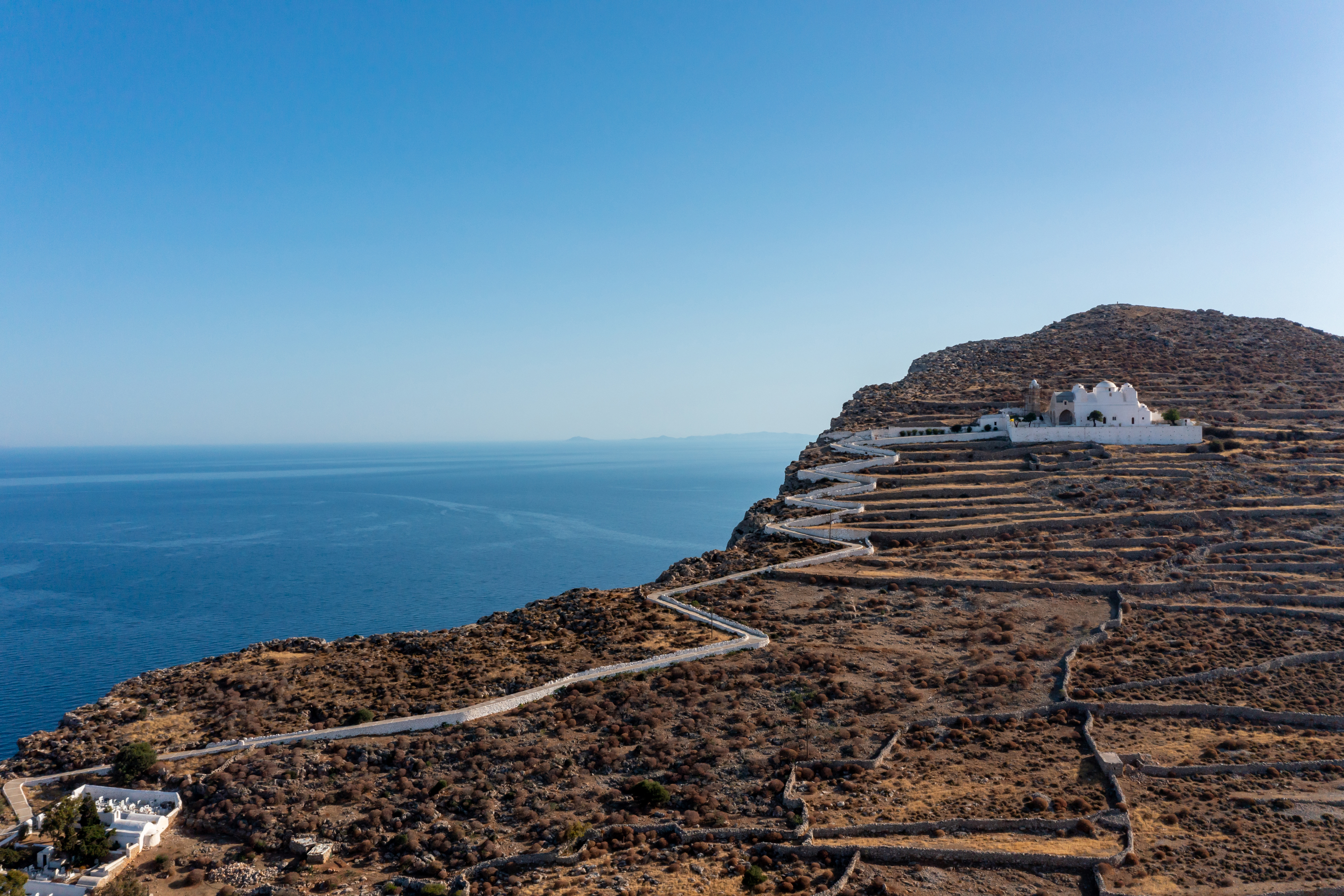
These 15 villages defy the conventional travel narrative, offering glimpses into Europe's soul that mass tourism rarely touches. Their "secret" lies not just in their physical remoteness, but in their tenacious preservation of unique cultures, architectural ingenuity, and a slower pace of life. They are living testaments to enduring tradition, quietly inviting the discerning traveler to step off the map, slow down, and discover a truly authentic European experience. Each offers a unique blend of history, beauty, and local spirit, waiting to be explored beyond the obvious.



